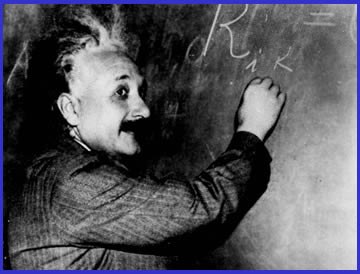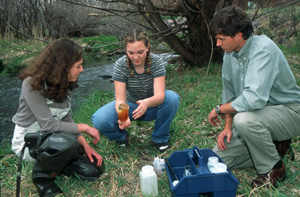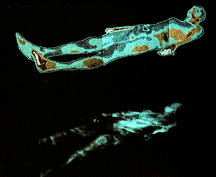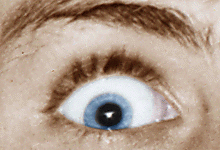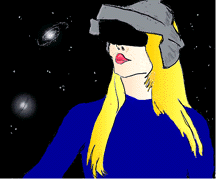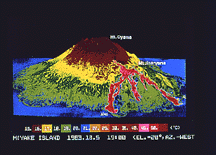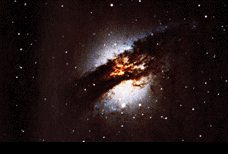Evidence of Evolution
Click on image for full size
NASA
What Is a Theory Anyway?
Scientists use the word theory differently than nonscientists. "It’s just a theory," you hear people say. When speaking casually, people often use the word "theory" to mean a "guess" or a "feeling". In science, a theory means much more.
In science, theories are explanations of aspects of nature that are based on facts, Laws, inferences, and tested hypotheses. Examples of important scientific theories that are supported by evidence include cell theory, gravitational theory, evolutionary theory, and particle theory. These theories are so well supported by evidence that the broad ideas are no longer questioned although details are examined by testing hypotheses.
Many different scientists challenge and test theories by developing hypotheses based on the theory and testing them with observations and predictions to see if they are in agreement with the theory. Sometimes those tests lead the scientists to modify the theory, or in some cases even disprove a theory entirely. For example, several thousand years ago, Mesopotamians and then Greeks established the flat-Earth theory that contended that the Earth was flat. Aristotle (384-322 BC) disproved the theory by collecting evidence that proved that the Earth is roughly spherical.
Wouldn’t it be boring if scientists already knew everything? Fortunately, we are always learning more about our planet, our solar system, and the universe. Scientists will never know everything there is to know about the Earth, much less the universe. There will always be more to explore and new technologies to help us explore even further! Even though scientists are always making more discoveries, valid and useful theories based on current evidence and further scientific testing of the theories can be made.
Scientific theories are put together based on evidence. Just like detectives at a crime scene, scientists collect evidence and then generate a logical explanation based on that evidence. Often scientists will formulate several possible explanations and then test all to identify which are valid and which are not. Valid (or accepted) scientific theories must be verified based on evidence, not beliefs or faith. Even well established scientific theories are open to further study.
The theory of evolution is the explanation of how life on Earth developed and changed over time (and continues to develop and change!). The theory is based on evidence from modern genetics, ancient fossils, and observations of evolution happening today. Although scientists continue to explore many details of the theory, the general theory is well tested and supported by many sources of data. Just like every theory, it will continue to be modified as even more data are collected and more testing is done.


